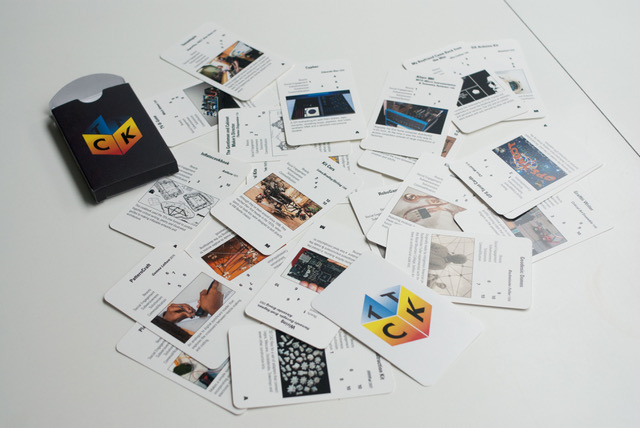‘Critical Kits and How We Use Them’ is a new book exploring artistic approaches to the production and distribution of kits. It was produced by Re-Dock, Torque publications and artists from across the North of England.
The print edition of the book was launched at FACT in Liverpool at 6pm on Wednesday the 29th of November 2017.
You can read & download the print edition of the book here for free or buy the print edition from our shop.
https://issuu.com/re-dock/docs/critical_kits_and_how_we_use_them
‘This book is about DIY culture and how it meets participatory, inclusive and community-based forms of creative practice. Critical kits are toolboxes, resources, instructions for how to make great, or simply interesting, things happen with technology. But they also ask that we question why, and to be aware of the network of effects technologies participate in. Critical Kits includes a selection of case studies from artists and makers working in the kit form, a series of essays on the theory, historical and contemporary contexts for kit making and distribution, and an in depth look Gym Jams, a kit-based project which took place in a public leisure centre. It is designed to be useful for artists, makers, students of art-tech work, and anyone interested in current participatory and technology practices.’
https://issuu.com/re-dock/docs/critical_kits_trump_cards
A card game ‘Critical Kits Trumps’ has been produced to accompany the book.
FAQ
What is this book about?
The book investigates the relationship between art, maker culture and DIY publications through a multi voiced set of critical writing about artist kits, including a portfolio of artist made kits and the unpacking of a kit based art project which took place in a leisure centre.
Who are Re-Dock?
We are an artist collective whose work grows out of the intersection of kit making culture and public art. We make participatory art in non gallery spaces (libraries, leisure centres, shopping centres, canal towpaths) that explore people’s relationship to emerging technologies. Although our projects are initiated by artists in response to specific places and communities, we have found ways to reconstruct them with different communities in different places. This process has led us to view some aspects of participatory art practice as a kind of a kit.
Why have you written this book?
As part of a generation of artists giving equal critical focus to both participation and technology, we think we’ve identified a problem. Much of the documentation of this work fails to capture the richness, complexity and difficulty of working across contemporary art practice, community engagement and technical cultures. This written exploration of the artistic uses of kits and kit culture, is our response to this challenge.

